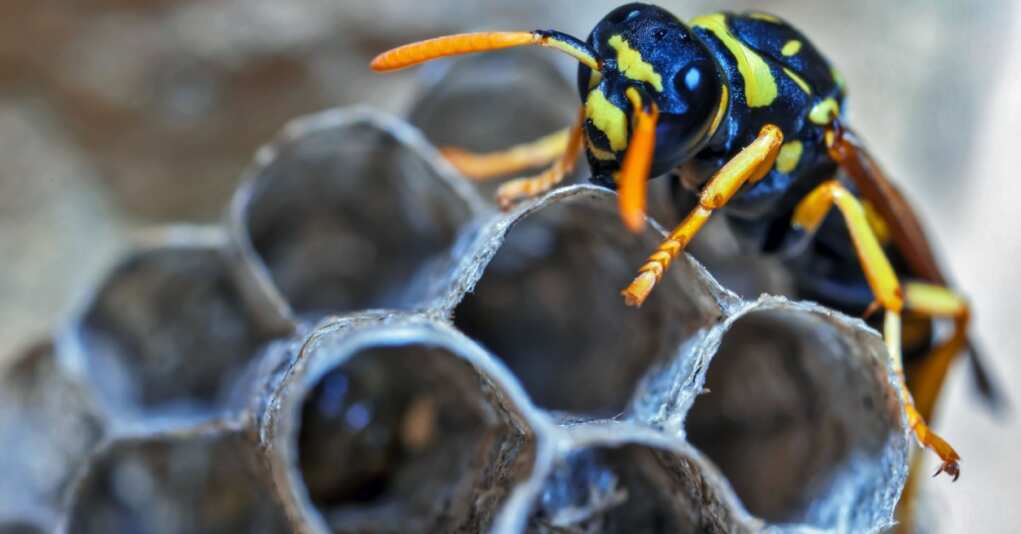Newly Discovered Wasps Named After Fictional Villains – Because of Course!

In a bizarre but oddly satisfying twist, scientists have named 22 new wasp species after notorious fictional characters like Catwoman and Han Solo. You might wonder what on earth wasps have to do with famous anti-heroes, but according to the researchers, it’s all in the attitude. These tiny, newly discovered insects are parasitic, often laying their eggs inside other creatures and, frankly, displaying behavior that most would find repulsive. So why not have a little fun with the naming process?
But let’s back up. The discovery of these new wasps, or gall wasps, is actually a fascinating scientific feat. These wasps were found creating tiny galls (growths) on oak trees, and they’ve got biologists intrigued. While most people associate wasps with a painful sting, these gall wasps use their hosts in a very different way. Female wasps lay their eggs inside plants, where the larvae grow and eventually emerge, often taking nutrients from the host plant in a parasitic process.
The scientists behind the discovery chose names based on the “reputation” of each wasp. There’s the Catwoman wasp, which, like its namesake, is known for a sneaky, resourceful nature, and the Han Solo wasp, which operates a bit more independently. It may sound silly, but the names actually help scientists remember and categorize the behavior and unique traits of each species. And for anyone who’s ever had a wasp ruin their picnic, this little twist offers a small amount of comedic justice.
This discovery also underscores just how many species remain undiscovered. Even in well-studied areas, new organisms like these wasps are being found, reminding us that nature has plenty of surprises up its sleeve. Gall wasps play a unique role in the ecosystem by contributing to plant diversity. Though they don’t have the same pollination impact as bees, their presence affects plants in ways scientists are still exploring.
For the researchers, naming these wasps after villains is a lighthearted way to make science more engaging. In an era where research budgets are tight and public interest in science is waning, clever naming might be a tool to spark curiosity. After all, nothing catches attention like a wasp named after a villain.
So the next time you see a wasp, it might just be a distant relative of a Marvel villain. Science can be as strange as it is fascinating, and every new discovery proves we still have a lot to learn about the natural world.

